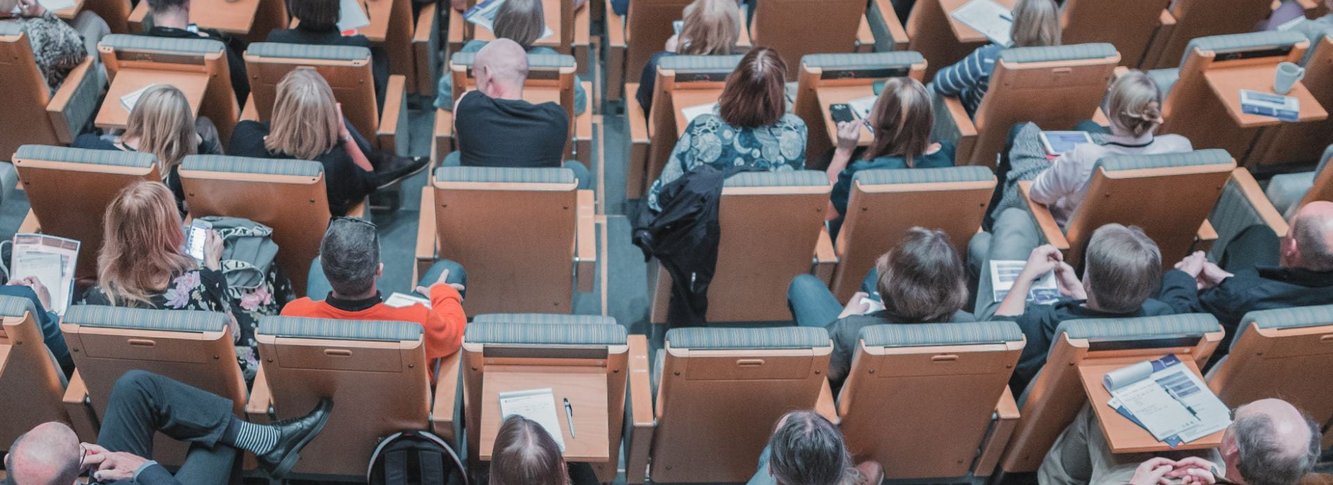| 5 mins read
On the face of it, policy making in education points a positive picture of inclusion and equality. However, higher education is one example (of many) in which institutions such as universities – particularly elite and Russell Group universities – in fact use mechanisms to protect white privilege to enhance their own position of elitism to maintain their power.
Making progress?
The widening participation agenda introduced by the New Labour government in 1999 to advance the attainment gap and improve the educational experiences of those from disadvantaged groups has shown to be successful. The Equality Act introduced in 2010 brings together all previous legislation into one single act and includes protected characteristics of which race is one. There has also been an increase in the numbers of black and minority ethnic (BME) young people attending higher education institutions.
However despite significant advances in policymaking in education and increases in BME student numbers, inequalities in education based on racism, exclusion and marginalisation continue to exist.
Evidence of racism
Whilst there are differences within and between different BME groups, Black students remain the most disadvantaged; they are less likely to attend elite and Russell Group universities and are less likely to obtain a first or 2:1 degree compared to their white peers. They are also more likely to drop out of university and be unemployed 6 months after graduation and suffer an ethnic penalty in the labour market. Reasons for dropping out include racism, favouritism towards white students and a lack of cultural connection to a white Eurocentric curriculum.
BME staff are also under represented in higher education institutions. They are more likely than their white colleagues to be on fixed term contracts, they are under-represented in the highest contract levels and over represented in the lowest; they are less likely to be senior managers and make up just 1.6 per cent of heads of institutions. Out of 154 higher education institutions in the UK, only three vice chancellors are from a BME background. Furthermore, there are 13,295 white professors in the UK and 1150 who are from a BME background of which only 80 are Black. White academics are also more likely to be on the highest pay grade (earning over £59k) compared to BME academics.
Individual acts of racism are also present on our campuses. On 8 March 2018 a Black student reported being racially harassed in her halls of residence with two students chanting ‘we hate Blacks’ outside her room at Nottingham Trent University. A week later The Guardian reported how a group of law students had used racist and offensive language in a WhatsApp chat group. These incidents are the tip of the iceberg. Institutional racism also continues in access to universities. Recently, Oxford University was accused of a system of ‘social apartheid’ as nearly one in three colleges failed to admit one Black student in 2015; and only last week The Independent reported that back people in the UK were 21 times more likely to have their university applications investigated for suspected false or missing information.
In my new book White Privilege: The myth of a post-racial society, I demonstrate when complaints about racism are made in higher education, these are often dismissed by senior managers as a ‘clash of personalities’ and rarely acted upon. Furthermore, when individuals raise concerns about racism and harassment they face isolation and lack of support from colleagues.
Universities and white privilege
As a consequence of all the factors detailed above, such universities work to reinforce their representation as white, middle class institutions reserved for white middle class students. Universities are key spaces in white whiteness and white identities predominate. This is not just in the representation of white groups occupying senior decision making roles, it is also evidenced in the curriculum and approaches to diversity, inclusion and social justice.
Far from being liberal spaces of inclusion, higher education institutions continue to perpetuate the superiority and predominance of whiteness and, as a result, universities remain spaces reserved for the privileged few.
Elite universities are the epitome of the legitimation and reproduction of institutional racism. They continue to play their part in the reproduction and reinforcement of racial and class inequalities. In this system of exclusion, BME students remain marginalised and excluded. Higher education institutions fail to cater for the experiences of BME students. As a result the enactment of policy making in higher education is based on a rhetoric of inclusion, but one that is rarely evidenced in practice or outcomes.







